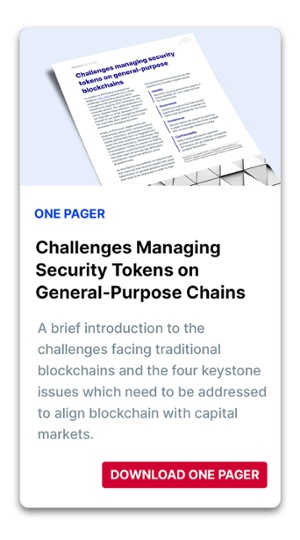Polymath: How has Liechtenstein responded to the advent of digital assets?
Jonathan Galea (Jonathan): Liechtenstein’s regulatory framework has been built from the ground up with the tokenization of assets in mind. In essence, it allows for the creation of security tokens that might not fall, lock, stock and barrel, within the traditional framework of financial instruments, allowing for a greater degree of flexibility. Moreover, Liechtenstein also enjoys a significant geopolitical advantage, since it neighbours Switzerland and has access to the Swiss market, and also benefits from the EU market thanks to its membership within the EEA. This means that security token offerings issued in Liechtenstein can potentially be passported to other EU/EEA member states.
In essence, it allows for the creation of security tokens that might not fall, lock, stock and barrel, within the traditional framework of financial instruments, allowing for a greater degree of flexibility.
Polymath: The Token and TT Service Provider Act (TVTG) came into force about a year ago. How has the crypto landscape in Liechtenstein changed since then?
Jonathan: Liechtenstein has seen various prominent companies and projects coming in, such as Bittrex Global and Aeternity, with various others in the process of undergoing the licensing procedure with the Financial Market Authority (FMA). The licensing process itself is straightforward, with the FMA binding itself to process any applications under the TVTG within three months. One can expect Liechtenstein’s ecosystem to continue growing in this respect.
Polymath: What kind of financial instruments do you see as being best suited for tokenization, given the current framework?
 Jonathan: We’ve seen a wave of security tokens aimed at tokenizing real-world assets, most notably immovable property. However, I believe the financial instruments most suited for tokenization at this point in time are debt instruments such as bonds. Bonds don’t carry intrinsic rights (such as those of ownership), as is the case for transferable securities, and typically the financial terms accompanying bonds are simple in nature and return. This means tokenized bonds are easier to conceive, and have fewer intricacies to contend with in terms of regulating their transfer.
Jonathan: We’ve seen a wave of security tokens aimed at tokenizing real-world assets, most notably immovable property. However, I believe the financial instruments most suited for tokenization at this point in time are debt instruments such as bonds. Bonds don’t carry intrinsic rights (such as those of ownership), as is the case for transferable securities, and typically the financial terms accompanying bonds are simple in nature and return. This means tokenized bonds are easier to conceive, and have fewer intricacies to contend with in terms of regulating their transfer.
Polymath: What challenges need to be overcome in order to drive further adoption?
Jonathan: For too long the industry has been hung up on two obstacles. Firstly, understanding the nitty-gritty of the technological underpinnings of blockchain technology. Secondly, whittling out the fine details and differences between types of tokens such as ‘utility’ and ‘security’ tokens. Hundreds of presentations on these topics have been given to the right people in the wrong way. At the end of the day, is it really so important to know how elliptic curve cryptography works, and is it vital to structure a token in such a way that it does not qualify as a security? The answer to both is ‘no’.
First of all, it’s enough to know and understand blockchain as an enabling technology, and if one can grasp its benefits, one can help further its uses. Second, we should be focusing on creating value, irrespective of the legal classification of a particular token. If a token can present proper value to its users, then its classification is of secondary importance. Likewise, if the use of blockchain makes sense for a particular asset, then understanding the high-level advantages derived therefrom is enough, without needing to go into the technical details. If we keep going to traditional institutions and entities to convince them to implement blockchain technology by flooding them with unnecessary information and worries, we’ll impede the path towards mainstream adoption.
Polymath: When you get down to it, blockchain is just software and software has bugs. What kind of technological assurances are needed to rely on blockchain technology?
Jonathan: A different mindset is required when coding software for use in a blockchain infrastructure, one which considers the immutable nature of blockchain technology. Given the importance of quality assurance, reviews and audits take on even greater value. Companies and institutions must carry out peer reviews and audits must come complete with periodical monitoring and tests to ensure the security of the system at all times. With traditional software, it’s usually a case of ‘test a few times, execute once, fix multiple times’. This is a luxury unfortunately not afforded to blockchain developers!

